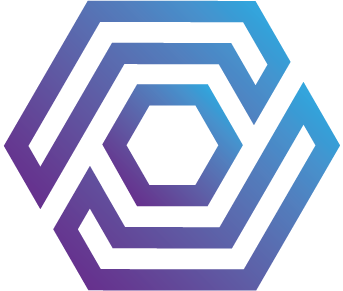History and Origins
For as long as I can remember, my friend Lucien and I have argued over whose work makes more of a difference.
We both studied computer science at the University of Cape Town, but we took different paths after graduating: Lucien joined the software team at RMB in Johannesburg, one of Africa’s biggest investment banks, whilst I joined Cell-Life, a small Cape Town-based NGO fighting HIV, one SMS at a time. We often bantered — do NGOs or the private sector have the biggest positive impact on real people?
As we gained more experience in both the US and Africa, we learned how businesses and governments work, and the role data and technology could play in local growth.
Lucien saw how milliseconds won or lost trades, how the design of an interface could increase purchase volumes, and how responsible risk-scoring could unlock credit for people who had been ignored by banks for years. Meanwhile, I spent these years in all kinds of clinics with all kinds of health workers — from big city hospitals in Johannesburg, to sitting under a tree in Malawi with a volunteer armed with only a wooden box and measuring tape.
This was a decade ago and even then, it was easy to see how phones and data were changing remote parts of Africa, places where the clinics had no doors and the ministries had no money for medicines. For me, it was a dream job. I was able to witness how quickly people could solve their own problems with small investments in their resources, infrastructure, and digital connectivity.

